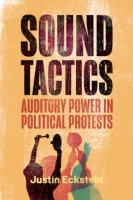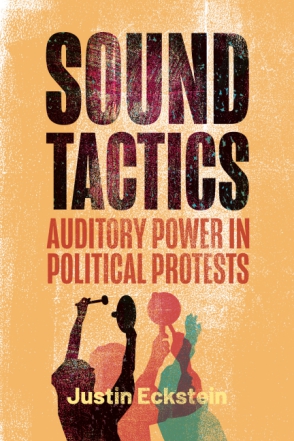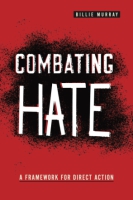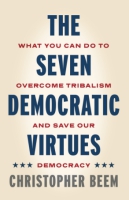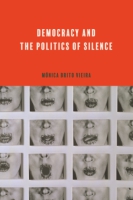Sound Tactics
Auditory Power in Political Protests
Justin Eckstein
“Sound Tactics is a sophisticated, sonic account of kairos in contemporary social movements—in our streets and on our screens, through chants and screams and silences, and using voices and megaphones and amplified speakers.”
- Unlocked
- Media
- Description
- Reviews
- Bio
- Sample Chapters
- Subjects

An Open Access edition of Sound Tactics is available through PSU Press Unlocked. To access this free electronic edition click here. Print editions are also available.
Watch an interview with Professor Justin Eckstein about his book on Good Day Seattle.
Eckstein uses the waveform as a metaphor for the persuasive potential of sound. Examining the case studies of the March for Our Lives protest, Howard University’s #HUResist movement, and the Casseroles protest in Montreal, Eckstein demonstrates how changes to the immediacy, intensity, and immersiveness of sound can affect the power of an argument. The collective use of sound in these case studies conveys the unity of the protesters in their demand for change and underlines the strength of their argument to those in power.
More than just the written word spoken aloud, sound has unique layers of added meaning—it can convey length of time, demand attention, and signal disapproval. Eckstein’s study unpacks those layers for scholars and students as well as activists interested in deploying sound for change.
“Sound Tactics is a sophisticated, sonic account of kairos in contemporary social movements—in our streets and on our screens, through chants and screams and silences, and using voices and megaphones and amplified speakers.”
Justin Eckstein is Associate Professor of Communication, Media, and Design Arts at Pacific Lutheran University and Affiliate Faculty in the Department of Communication at the University of Washington. He is the coeditor of Cookery: Food Rhetorics and Social Production.
Mailing List
Subscribe to our mailing list and be notified about new titles, journals and catalogs.
